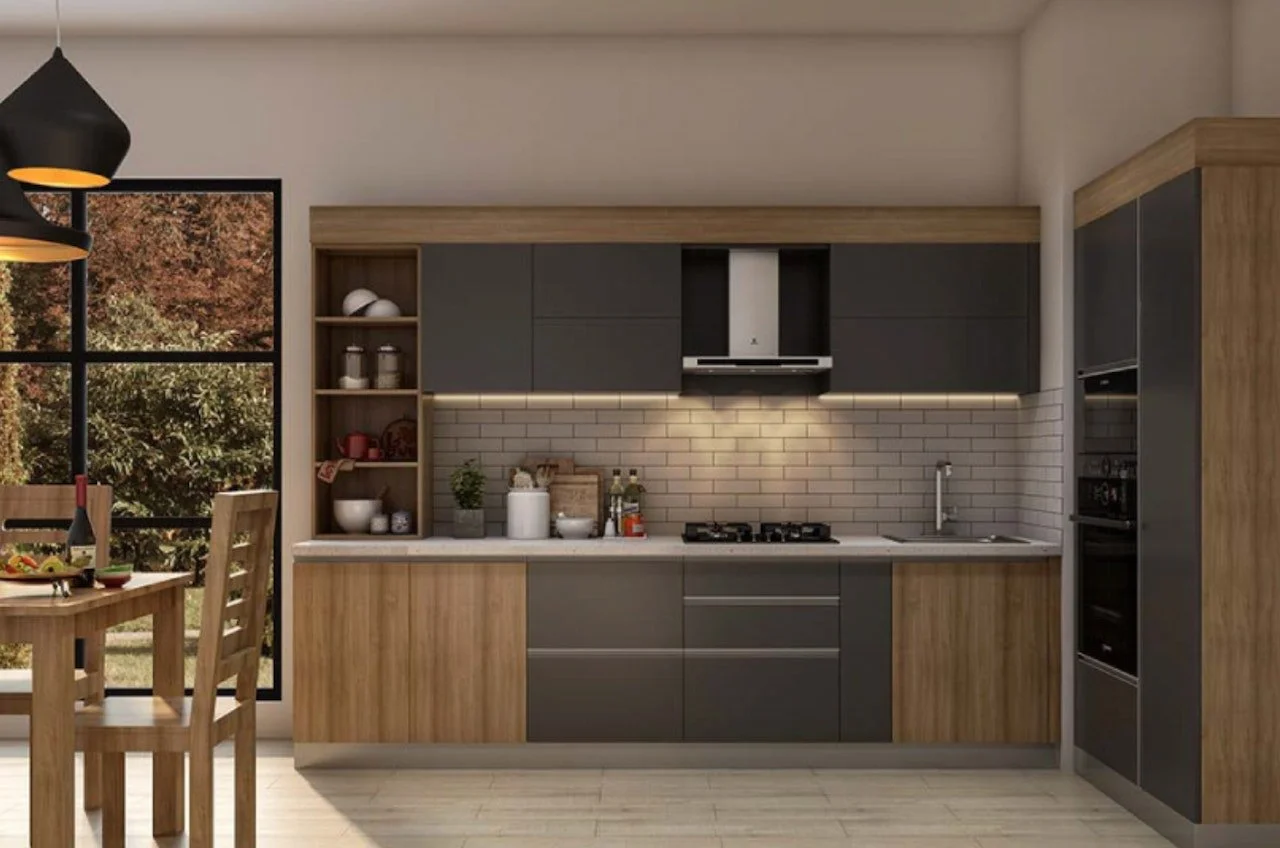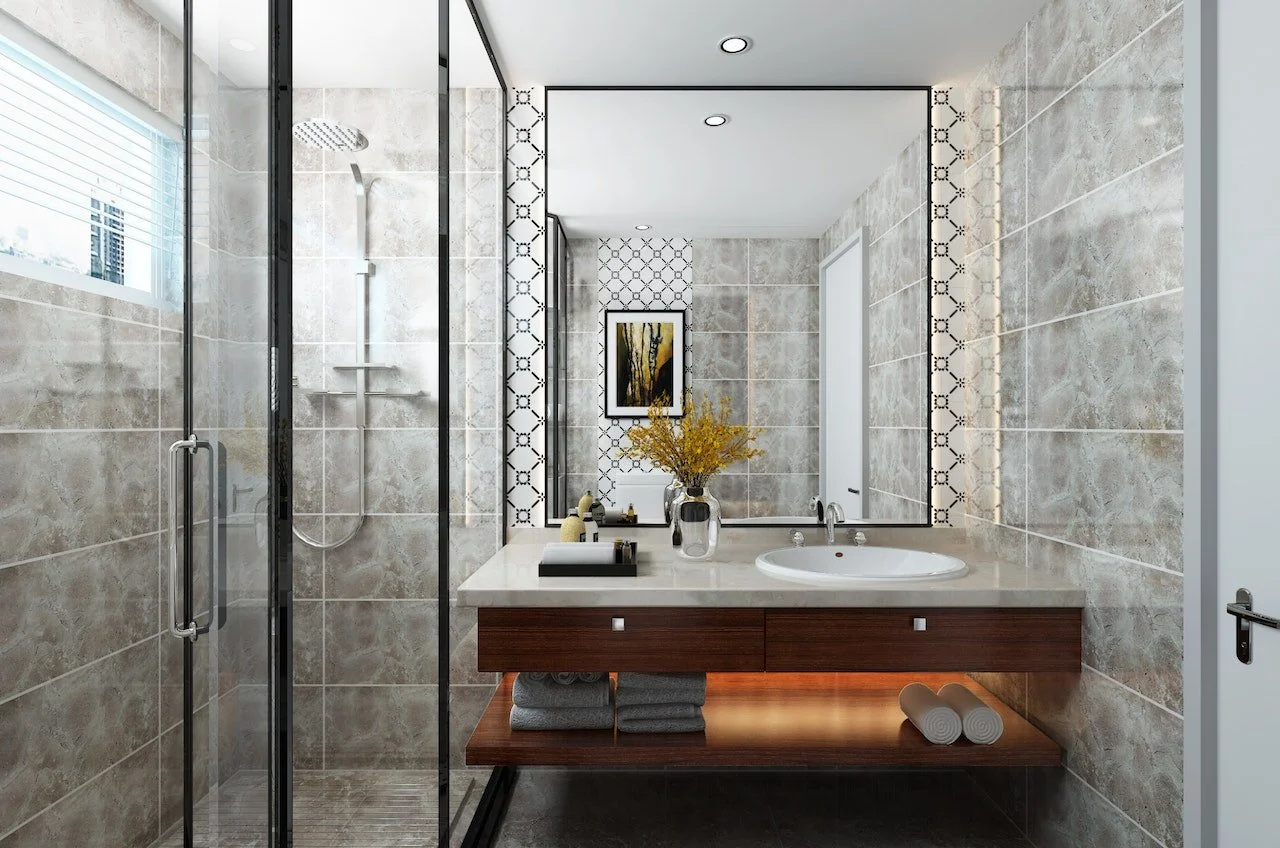Simple Decluttering Tips to Achieve a Minimalist Home
RH Business Marketing Solutions
Living in a dirty and disorganized home can lead to stress, anxiety, and a struggle with creativity and productivity. On the contrary, by simplifying your living space, you can create a calming and peaceful environment that promotes relaxation and clarity of mind. Achieving a minimalist home doesn't have to be daunting; following a few simple tips for decluttering can create a space that reflects your values and brings you joy.
In this article, Elizabeth Shields of FreshSpace Cleaning Service, a professional home cleaning company, shares expert decluttering tips to help you jumpstart your journey to a minimalist lifestyle.
Take baby steps
Trying to tackle your entire living space all at once can be overwhelming and make the process seem impossible. It's highly recommended that you declutter one room or area of your home at a time. For example, start with your closet or kitchen pantry. One of the best benefits of cleaning your home is the dopamine kick you get that instantly boosts your self-esteem and inspires you to continue.
In addition, instead of thinking you can get everything done in one sitting, break down the project into more straightforward, actionable steps. Dedicate every free weekend for a month to decluttering specific sections of your home. Complete the entire decluttering, sorting, cleaning, and reorganizing of a room before moving on to the next.
Donate or sell what you don't need
If you have items still in good condition but no longer serve a purpose or spark joy, consider donating them to a local charity or selling them online. Aside from helping you create more space, it can also make you feel good about giving back and inspire you to become more sustainable and intentional about the things you bring into your home.
Create a capsule wardrobe with pieces you love
Instead of holding onto clothes you rarely wear, create a capsule wardrobe with a few high-quality, versatile pieces you can mix and match. It will make getting dressed in the morning much easier and help you save time and money.
Declutter and digitize your paperwork
Instead of keeping stacks of paperwork and bills around your home, consider scanning them and storing them digitally. It will help you reduce clutter and make it easier to find what you need when you need it.
Limit your home decorations
Avoid filling your home with too many decorations and knick-knacks. Instead, choose a few high-quality pieces that you really love and display them in a way that brings you joy.
Practice the one-in, one-out rule
Decluttering isn't just a one-time thing; it's a continuous learning process that involves curation, creativity, and intentionally maintaining a minimalist living space. Whenever you struggle, always incorporate the one-in, one-out rule. For every new item you bring into your home, get rid of one you no longer need to keep a clutter-free home over time.



















